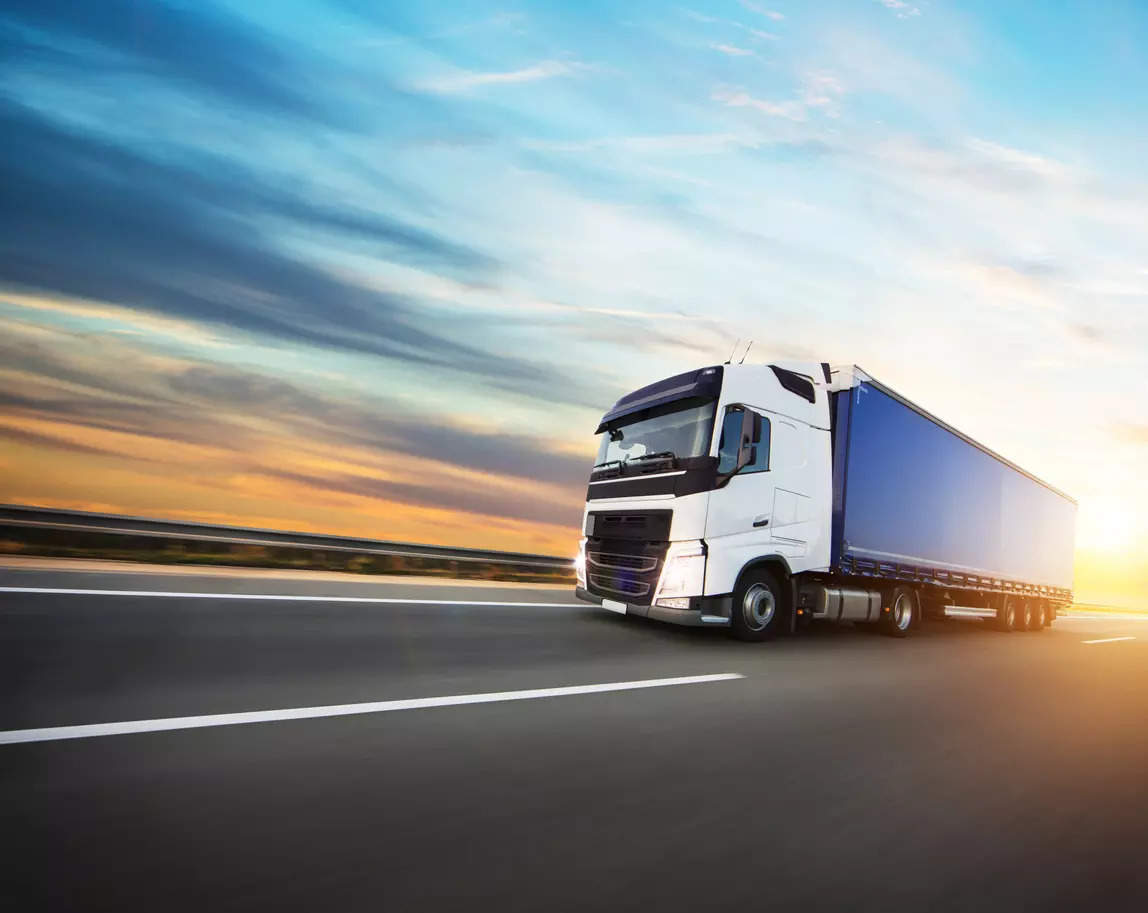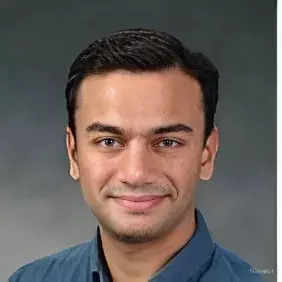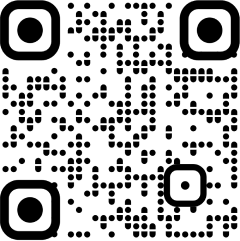
New Delhi: At Ashok Leyland, a team of close to 100 engineers have picked Newton’s second law of motion, F = ma (Force is equal to mass times acceleration), as the North star for its engineering activities. The law, in simple language, means that the acceleration of an object /mass is directly proportional to the net force applied on it. These efforts are underway, as part of a ‘Newton Truck’ concept, an idea which got mooted with Ashok Leyland’s 75th year milestone last August.

“We are trying to think very differently, and therefore innovate from fundamental principles,” Dr. Kanakasabapathi Subramanian, Sr. VP, Advanced Engineering, Ashok Leyland, tells ETAuto. For starters, the engineering team’s key goal is not to develop an additional technology for a truck, but to innovate ways to enhance its energy efficiency. “If you look at the data, it actually shows that not a very large percentage of the battery power is actually needed to drive the (electric)vehicle. And there are a lot of inefficiencies in an automobile,” says Dr. Subramanian.Therefore, the key task for the engineers is to reduce the inefficiencies, including what are known as ‘parasitic losses’ in a vehicle, but in ways which have not been tried yet. Reducing air resistance through better aerodynamics, friction reduction in all places where it happens, are the key ones. Depending on the way a vehicle is driven, these could contribute anywhere between 20 to 60% of the energy losses. Any successful efforts will yield benefits for both ICE and electric vehicles, but the benefits may be more pronounced in the latter category.
Reducing rolling resistance of tyres is one of the key targets to achieve in the Newton Trucks project. Ashok Leyland finds that rolling resistance “a very big loss mechanism”, and it is “probably the biggest in electric vehicles”. “You can work on how efficiently you use the battery to turn the wheel, that to us actually is looking like a more interesting way to solve the problem,” says Dr. Subramanian, who adds that the team is working on some ideas which, if successful, would be shared with the tyre suppliers.
The battery pack is the single most expensive component in an electric vehicle. Given that the domestic EV ecosystem is still in the making, radical innovations in the industry could also mean lesser dependence on imported content in EVs. Significant reduction in tyre roll resistance, and similar enhancements which reduce energy consumption could be a “pretty big knob” to reduce the import dependence, while also reducing the inherent inefficiencies of an automobile. “And, (it) could be a big deal for India,” says Dr. Subramanian.
‘In the Newton Truck Project, the niche teams are working to combine together a set of different ideas, with a common goal. A different approach than In the larger engineering and R&D team, where there may be disparate ideas taking shape, and getting implemented in different ways.’Dr. Kanakasabapathi Subramanian
In the Newton Truck Project, the niche teams are working to combine together a set of different ideas, with a common goal. A different approach than In the larger engineering and R&D team, where there may be disparate ideas taking shape, and getting implemented in different ways. The ultimate objective for the Newton Truck Project team is to come as close to Nature’s principles of physics. “What Nature intended was, if you didn’t have losses you could drive without fuel.That sounds a little crazy, but it’s true. I’m not saying we can drive (an automobile) without fuel, but use the least amount of fuel, by working on (containing) losses, instead of working on the battery size or stuff like that,” says Dr. Subramanian.
“What Nature intended was, if you didn’t have losses you could drive without fuel.That sounds a little crazy, but it’s true. I’m not saying we can drive (an automobile) without fuel, but use the least amount of fuel, by working on (containing) losses, instead of working on the battery size or stuff like that.”Dr. Kanakasabapathi Subramanian
As the advanced engineering team works on addressing the losses, Dr. Subramnain says it’s not going to wait to solve all the losses and then implement them, but “as we make progress, we will (implement) wherever commercially feasible”. And, in this journey, the vendor ecosystem would also “most likely” get involved with the innovative ideas, at least for some of them, once they achieve feasibility.

















